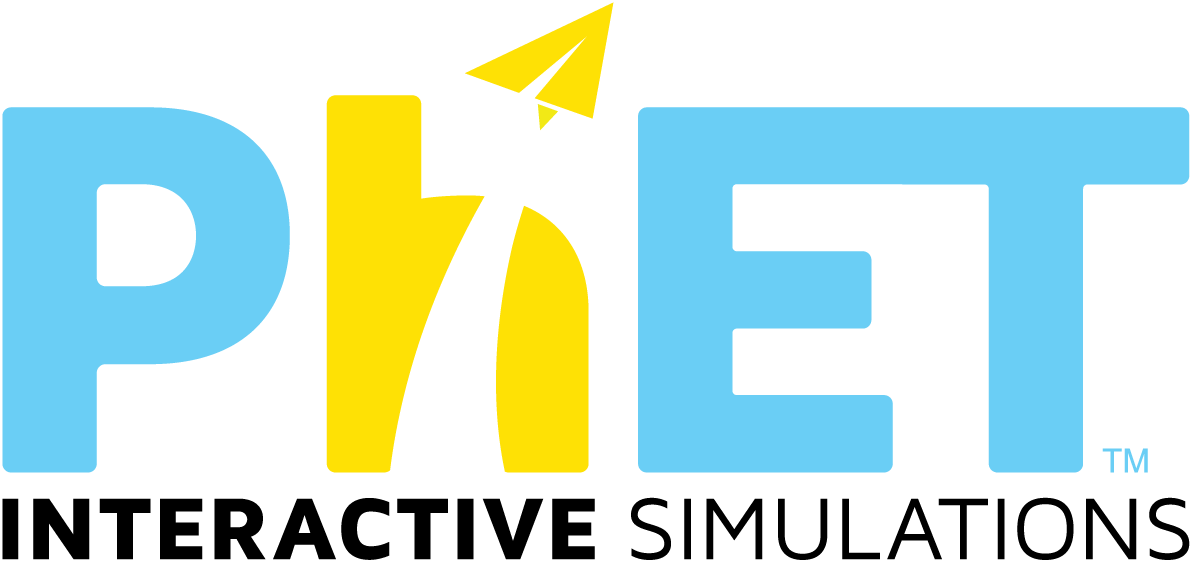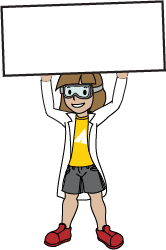133 ta molecular biologyga mos qidiruv natijalari
Simulyatsiyalar
- Gaz xossalari (HTML5)
- Gen ekspressiyasi asoslari (HTML5)
- Ishqalanish (HTML5)
- Kimyoviy reaksiyalarni tenglashtirish (HTML5)
- Kislota-asosli eritmalar (HTML5)
- Moddalarning agregat holatlari:Asosiy tushunchalar (HTML5)
- Moddaning agregat holatlari (HTML5)
- Molekulaning qutbliligi (HTML5)
- Molekula shakllari (HTML5)
- Molekula shakllari: Asoslar (HTML5)
- Molekula tuzish (HTML5)
- Neyron (HTML5)
- pH shkalasi (HTML5)
- Rangli ko‘rish (HTML5)
- Reaksiyaga kirgan moddalar, reaksiya mahsulotlari va reaksiyadan ortgan moddalar (HTML5)
- Tabiiy tanlanish (HTML5)
- Tuzlar va eruvchanlik
- Zichlik (HTML5)
- Molecule Polarity
- Eating & Exercise
- Gene Expression - The Basics
- Gene Machine: The Lac Operon
- Membrane Channels
- Microwaves
- Molecular Motors
- Simplified MRI
- Optical Tweezers and Applications
- Radioactive Dating Game
- Reactions & Rates
- Sound
- Stretching DNA
- Sugar and Salt Solutions
Mashqlar
- Flow stretching and molecular motors
- Kinetic Molecular Theory- Introduction (inquiry-based)
- Build a Molecule - Molecular Formulas and Coefficients
- Friction demonstration
- Molecular Geometry Flash Cards
- Investigating Molecule Shapes
- Kinetic Molecular theory review
- States of Matter (Inquiry based) Phase Change and Phase diagrams
- Reactions and Rates 1 Introduction to reactions (Inquiry Based)
- Natural Selection - 7.2 AP BIOLOGY
- Balloons and Bouyancy: An Introduction to Bouyancy - (Inquiry Based)
- Electrolyte and Non-electrolyte Solutions - Interactive Lecture Demonstration
- Gas Properties Modular Homework Activity
- Moving Molecules
- Reactions and Rates 2: Intro to Kinetics (inquiry based)
- lac Operon Simulation
- The Basics of Gene Expression
- Geometria Molecular
- Sugar and Salt Solutions - Annotated Lecture Slides
- Formulas y nombres de moléculas
- Build an Molecule - concept questions
- Build an Molecule - Inquiry-based basics
- Operon Modeling 2.0
- Geometria molecular
- Geometria Molecular
- Investigation of sugar and salt solutions
- Introdução a Geometria molecular
- Gene Regulation Guided Simulation
- Reactants, Products, and Leftovers Concept Questions
- Heat it Up
- Reactants, Products, and Leftovers Activity 2: Limiting Reactants in Chemical Reactions
- Reactants, Products, and Leftovers Review Activity: Limiting Reactants in Chemical Reactions Review
- States of Matter for Middle School
- Sugar and Salt Solutions - Clicker Questions
- Molecular Geometry Activity
- Using the Molecular Shapes PhET Simulation: Concept Development for Understanding Molecular Geometry and Shape
- Modeling Friction (Inquiry Based)
- Using the Molecule Polarity PhET Simulation: Concept Development for Understanding Molecular Dipoles
- Build a Molecule
- Colors, Bunnies and Wolves: does the strongest survive?
- Aprendendo Geometria molecular a partir da estrutura de Lewis
- It’s All in the Shape: Discovering Molecular Geometry
- Exploring Changes in States of Matter
- Maxwell-Boltzmann Distribution Curves
- States of Matter Basics - Clicker Questions
- Molecular Geometry and Polarity
- Balancing Chemical Equations - Inquiry based Introduction
- Molecule Shapes- inquiry
- Action Potential Simulation - Guided Inquiry Activity
- Natural Selection Lab Questions
- Molecules and Light-inquiry for high school
- GEOMETRÍA MOLECULAR Y NOMENCLATURA DE ALCANOS
- PhET Shapes Inquiry Lab
- Molecule Polarity- Inquiry and Applications
- Molecule Shapes - Guided-Inquiry Activity
- Molecule Polarity
- Phases of Matter
- QUÍMICA GERAL CONTEÚDO: GEOMETRIA MOLECULAR
- MS and HS TEK to Sim Alignment
- Molecular Polarity Inquiry Lab
- Kinetic Molecular Theory Intro
- Kinetic Molecular Theory
- PhET Lab Natural Selection 2
- Natural Selection Simulation Activity
- Visualizing a Mixture
- Estados de la materia: Cambio en la estructura molecular del agua
- Gases Understanding physical properties of gases (Inquiry Based)
- On the molecular level, what is the difference between acids and bases?
- Microwaves
- Recognizing Patterns in Covalent Bonding
- It’s All in the Shape: II. Discovering the Behavior of Polar Molecules
- Polarity Lab
- Molecules Are Made Up of Atoms
- Lesson Plan for Teaching Shapes of Molecule
- Entropy, Microstates, and Probability - Interactive Lecture Demonstration Guide
- Molecule Design Challenge Pre-Activity
- Introduction to Ionic & Covalent Bonding
- Phet Simulation - Modeling Molecules
- Introducción a los estados de la materia
- The Dichotomous Key
- Isotopes activity sheet
- Outlining Bonding vs. Shape Polarity
- Molecule Shapes Advanced
- Remote Learning Molecule Shapes
- Visualizing Mixing with Sugar and Salt Solutions
- Lab - Natural Selection
- Exploration of KMT and Gas Laws
- ¡Ajustando átomos!
- Build a Molecule Basics
- 2.6 APES: Adaptation & Natural Selection
- Group data generating activity to find Lac Operon effectiveness
- States of Matter
- Making Molecules
- Introductions to Solutions
- Chemistry Theater
- Weak vs. Strong
- IMF and phase changes
- PhET Interactive Lab on pH
- How do PhET simulations fit in my middle school program?
- Building Atomic Models
- Lab: PhET Sugar and Salt Solutions


